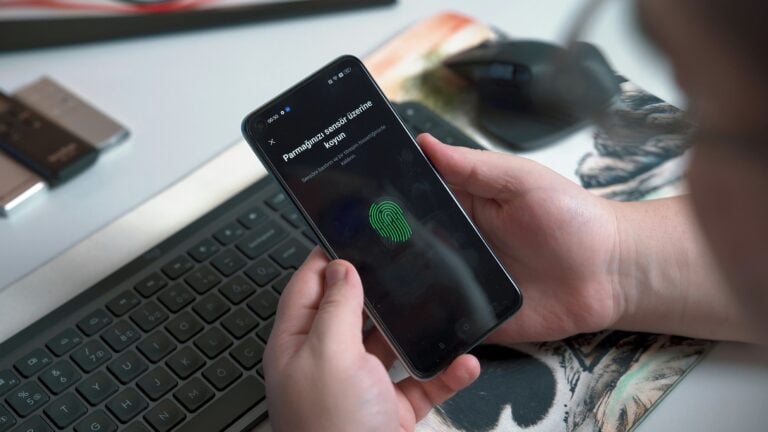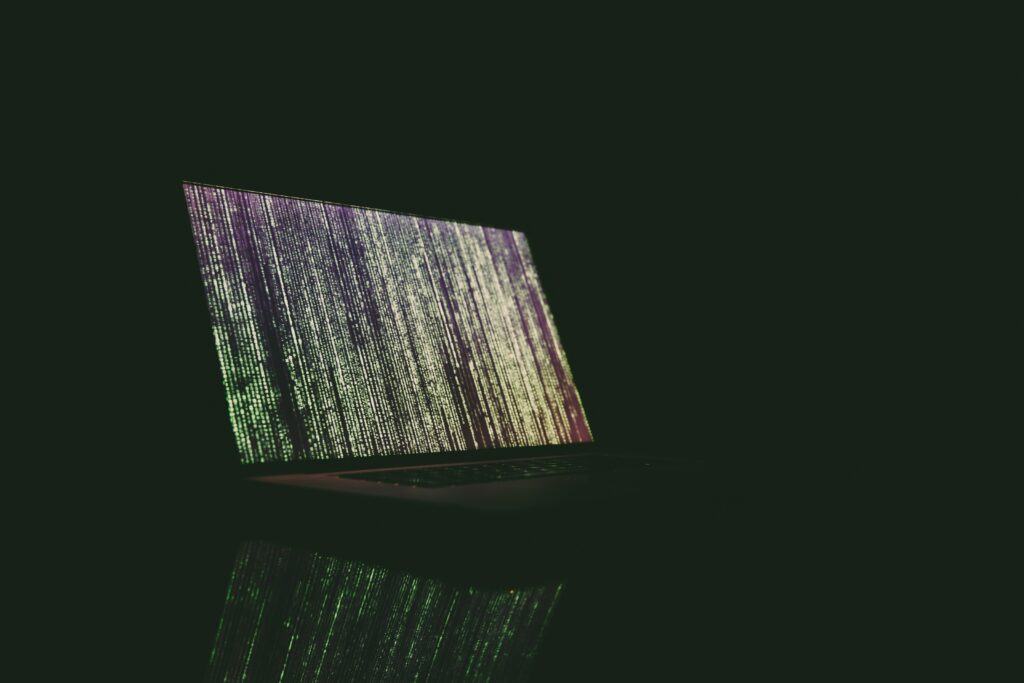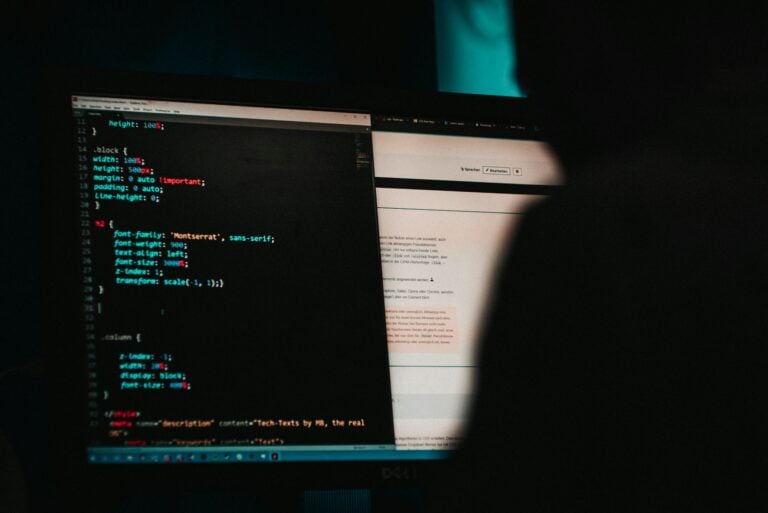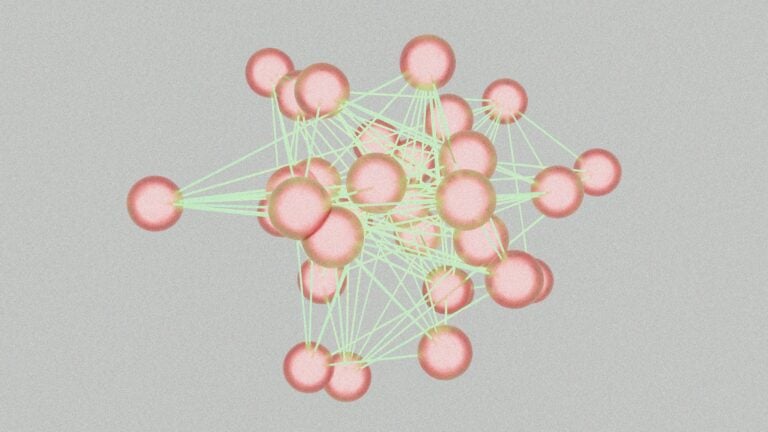
The Hidden Language of Computers How Text to ASCII Binary Conversion Powers Every Digital Interaction

Every time you type a message, upload a photo, or even hit the space bar, your computer performs an invisible translation that’s as precise as it is essential. Behind every letter, number, and symbol lies a carefully orchestrated conversion from human-readable text to ASCII binary code—the fundamental language that makes all digital communication possible. Understanding this process isn’t just computer science trivia; it’s the key to appreciating how every keystroke becomes part of the vast digital ecosystem we live in.
What Is ASCII and Why Does It Matter?
The American Standard Code for Information Interchange (ASCII) was born in the 1960s as a standardized way to represent text in computers and communication equipment. At its core, ASCII assigns a unique number to each character, symbol, and control code that computers need to understand. When you type the letter “A,” your computer doesn’t see the shape we recognize—it sees the number 65.
This numerical representation becomes the bridge between human language and computer logic. Every uppercase letter, lowercase letter, digit, punctuation mark, and even invisible characters like spaces and tabs gets its own ASCII value. The letter “a” is always 97, the space character is always 32, and an exclamation point is always 33.
The Binary Translation: From Numbers to Machine Language
But computers don’t actually work with our familiar decimal numbers. They operate in binary—a language of only ones and zeros. This is where the real magic happens: each ASCII number must be converted into its binary equivalent before your computer can process it.
Take the letter “H” as an example. In ASCII, “H” equals 72. To convert 72 to binary:
- 72 ÷ 2 = 36 remainder 0
- 36 ÷ 2 = 18 remainder 0
- 18 ÷ 2 = 9 remainder 0
- 9 ÷ 2 = 4 remainder 1
- 4 ÷ 2 = 2 remainder 0
- 2 ÷ 2 = 1 remainder 0
- 1 ÷ 2 = 0 remainder 1
Reading the remainders from bottom to top gives us: 1001000
So when you type “H,” your computer processes it as 01001000 (padded to 8 bits).
Real-World Applications for Developers
For developers, understanding ASCII binary conversion isn’t just academic—it’s practical. Web developers frequently encounter encoding issues when handling international characters or special symbols. Database administrators need to understand character encoding to prevent data corruption. Network engineers troubleshoot communication protocols that rely on ASCII standards.
Consider debugging a web form that mysteriously fails when users enter certain characters. Understanding ASCII conversion helps you identify whether the issue stems from character encoding problems, database storage limitations, or transmission errors.
Tools That Make ASCII Binary Conversion Simple
While the conversion process follows clear mathematical rules, manual calculation becomes tedious for longer texts. Modern developers rely on specialized tools to handle these conversions efficiently. A dedicated text to ASCII binary converter can instantly transform any text string into its binary representation, making it invaluable for debugging, data analysis, and educational purposes.
These tools prove especially useful when working with protocols that require binary data verification or when analyzing data transmission logs where human-readable text has been converted to binary format.
Beyond ASCII: Unicode and Modern Challenges
While ASCII handles English text beautifully, our global digital world demands more. Unicode extends the ASCII concept to include thousands of characters from various languages, emojis, and specialized symbols. However, ASCII remains the foundation—the first 128 Unicode characters are identical to ASCII values.
This backward compatibility ensures that ASCII binary conversion remains relevant even as character encoding evolves. Whether you’re working with legacy systems, debugging network protocols, or simply curious about how computers process text, ASCII binary conversion provides the fundamental understanding of how human language becomes computer data.
Making the Invisible Visible
The next time you send a text message, write code, or even press the spacebar, remember the intricate dance happening behind the scenes. Your simple keystroke triggers a conversion from character to ASCII number to binary code, then travels through networks, processors, and memory systems—all speaking the universal language of ones and zeros.
Understanding this process demystifies the digital world and empowers you to troubleshoot problems, optimize systems, and appreciate the elegant engineering that makes modern computing possible. Every digital interaction begins with this fundamental translation from human language to machine code, making ASCII binary conversion one of the most essential concepts in computer science.
Photo credit: Getty Images via Unsplash
Install Our Extensions
Add IO tools to your favorite browser for instant access and faster searching
恵 Scoreboard Has Arrived!
Scoreboard is a fun way to keep track of your games, all data is stored in your browser. More features are coming soon!
Must-Try Tools
View All New Arrivals
View AllUpdate: Our latest tool was added on Dec 10, 2025


